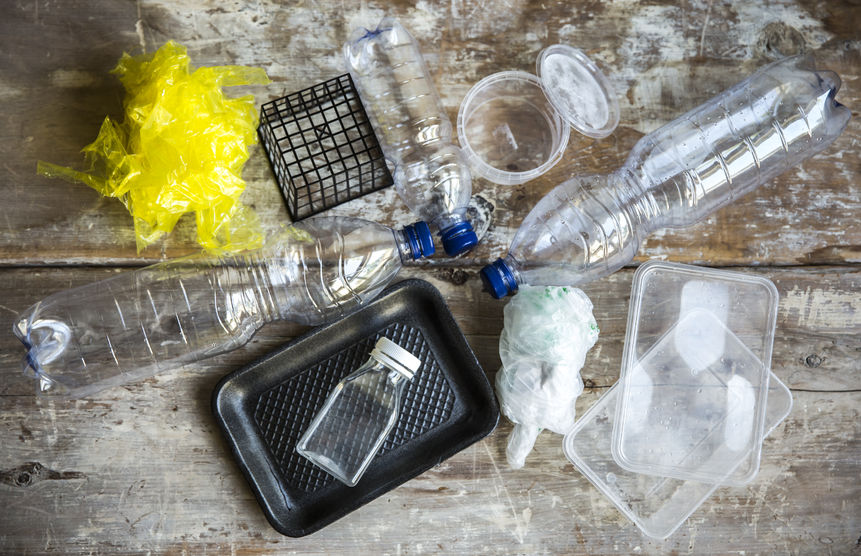When people go to the grocery store or walk into a convenience store for a snack, does the packaging that food is in make much of a difference? What if that food packaging isn’t sustainable? Are consumers likely to buy something else? There’s information to suggest that consumers are becoming more aware of these things with every passing year, and it may be worth your while to source your packaging from a sustainable source.
Does Concern Create Demand?
It’s pretty evident that there is a growing concern over the state of the environment. More and more people than ever before are doing their part to reuse and recycle all they can, and they have even started paying attention to renewability and sustainability along the way. Numerous brand owners are jumping on the bandwagon and moving to sustainable products, but how much do consumers really care? The truth is surprising. Everyday consumers are absolutely concerned about the environment, but as it turns out, making greener packaging will not drive them to buy your brand. However, if you have greener packaging with some other sort of added value, your sales could very well explode.
The Concerns about Going Green
Making the move to biodegradable or sustainably sourced plant-based packaging can be quite costly in some cases, so brand owners often wonder whether it is worth the added expense. More and more these days, big-name companies are making the switch, and food manufacturers are following suit. Stonyfield Farm, for example, uses corn-based PLA plastic for its yogurt cups, and Tom’s of Maine is using potato starch to create bags for its potatoes. Is this really paying off for these companies? Some experts think going green isn’t enough alone.
Mixing Convenience with Sustainability
According to Andrew Streeter from Datamonitor, one of the globe’s leading providers of market intelligence and consumer opinion information, says that greener and more sustainable packaging alone is not enough to persuade a consumer to choose one product over another. However, per his research, adding extra value to a food product’s more sustainable packaging just might. For example, a company making the switch to bioplastic may want to consider a rigid container rather than a flexible one. This very well could drive consumers to purchase the product, particularly when flexible plastic is often inconvenient – especially for carrying.
The Expected Result?
Several years ago, Frito Lay made the switch to sustainable PLA (polylactic acid, which is plant-based) for its Sun Chips brand in an effort to push forward with its new environmentally conscious outlook. Though this was heralded by some as a fantastic move (Frito Lay was one of the first companies to make the switch), many consumers had the opposite reaction. Frito Lay received very public criticism over the new packaging. As it turns out, consumers were more concerned with the louder crinkling sounds than the more sustainable packaging materials.
There is absolutely no harm in making the switch to sustainable packaging, and with so many consumers out there making educated decisions about the food they buy based on the nutrition it provides and the sustainability of its packaging, it could pay off in some markets. However, companies considering the switch should consider adding some extra value – and plan for some side effects, too.

